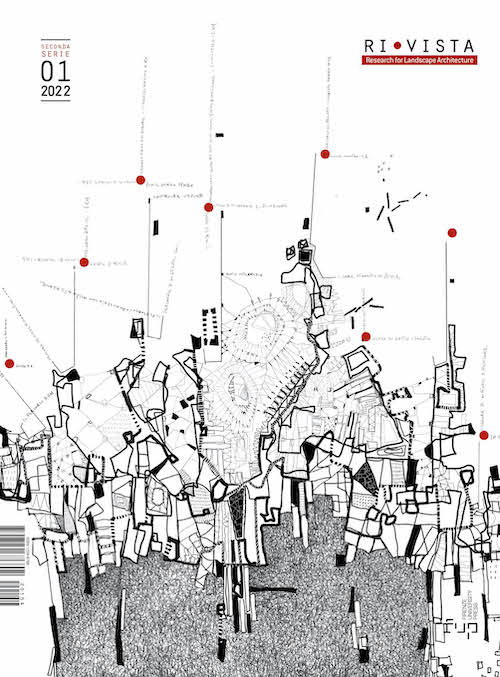Published 2022-07-01
Keywords
- Territory,
- Landscape,
- Urbanism,
- Qhapaq Ñan,
- Peru
How to Cite
Abstract
As designers, we should question ourselves on how we relate to the ground. In this article, we would re-trace urban landscape lines of the Qhapaq Ñan, the Inca Andean Road system in Peru, to reveal the primeval pattern that a city extends; we shall explore it through a series of conceptual layers. We inhabit a territory that is facing big changes, and this is taking us towards to the dispel of ecological and archaeological vestiges which are information layers that can lead us to explore the territory. We seek to re-trace a multidimensional system of lines and points, adopting an exploratory and descriptive approach that responses to different strata that allow us to become aware of the landscape. Within observing the systems revealed, we can understand and appreciate the natural and urban landscapes intertwined in a city morphology to operate upon it, for us to propose new alternatives to integrate our heritage to the existent urban landscape.






